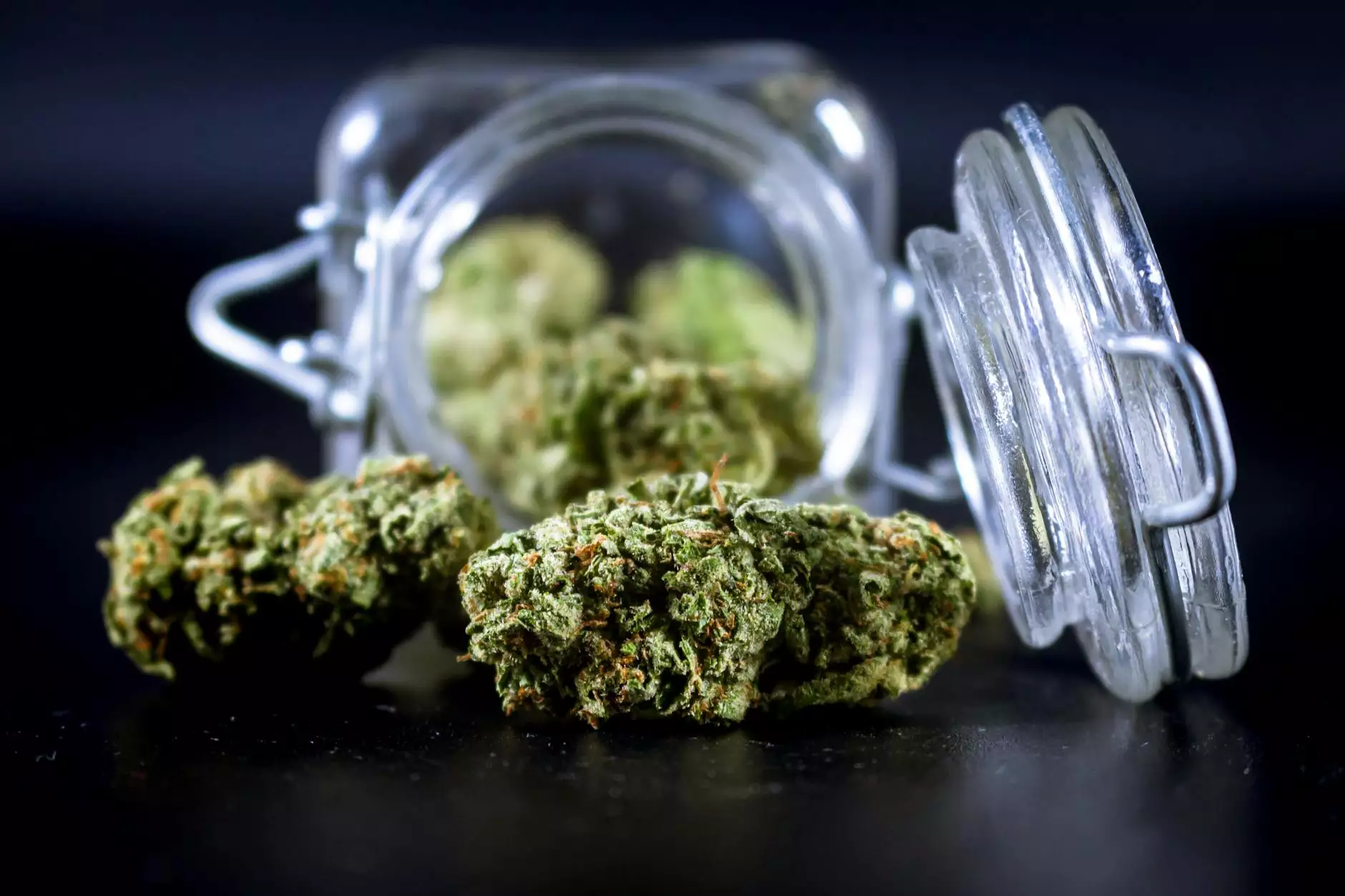Understanding Skin Discoloration on Toes: Causes, Symptoms, and Solutions

Skin discoloration on toes is a condition that can affect individuals of all ages, often leading to discomfort and concern. Understanding the causes and symptoms of this condition is essential for identifying the appropriate treatment options. In this comprehensive guide, we will delve into the various factors contributing to skin discoloration on toes, explore potential medical implications, and discuss effective treatments. By becoming informed, you can take proactive steps toward healthier skin.
What is Skin Discoloration on Toes?
Skin discoloration on toes refers to any change in the natural color of the skin on your toes. This change could manifest as darkening, lightening, or the appearance of spots. It can be temporary or permanent, and its significance often depends on the underlying cause. Understanding these causes can help individuals determine whether they need to consult a medical professional.
Common Causes of Skin Discoloration on Toes
While skin discoloration can have various causes, some of the most common include:
- Circulatory Issues: Poor blood circulation may lead to discoloration as the supply of oxygenated blood is diminished.
- Fungal Infections: Conditions like athlete's foot can lead to changes in color and texture.
- Skin Conditions: Dermatitis or eczema can cause patches of discoloration.
- Hyperpigmentation: Excess pigment can occur due to UV exposure or hormonal changes.
- External Trauma: Injuries or bruises can lead to temporary discoloration as the skin heals.
- Raynaud’s Phenomenon: This condition causes the toes to turn white or blue in response to cold temperatures or stress.
Symptoms Accompanying Skin Discoloration on Toes
The symptoms associated with skin discoloration can vary widely depending on its cause. Common symptoms include:
- Itching: This can occur with conditions like eczema or fungal infections.
- Swelling: Discoloration alongside swelling may indicate an underlying vascular problem.
- Peeling or Flaking Skin: Often seen with fungal infections or dermatitis.
- Pain or Tenderness: If discoloration is a result of trauma or circulatory issues, pain may be present.
- Changes in Texture: The skin may become rough or more sensitive in the affected areas.
Diagnosis of Skin Discoloration on Toes
Should you experience skin discoloration on your toes, it's important to consult a healthcare professional. A specialist, particularly in vascular medicine, can diagnose the issue through:
- Physical Examination: A thorough examination of your toes and surrounding areas to assess color, texture, and overall skin health.
- Medical History Review: Discussing any recent injuries, symptoms, or medical conditions that may have contributed to skin changes.
- Laboratory Tests: Blood tests, skin cultures, or allergy tests may be necessary to pinpoint the cause.
Treatment Options for Skin Discoloration on Toes
Treatment will heavily depend on the underlying cause of the discoloration. Here are some common approaches:
- Topical Treatments: Creams or ointments for fungal infections or skin ailments like dermatitis.
- Oral Medications: Antifungal medications or corticosteroids may be prescribed.
- Improved Circulation Techniques: Elevation of feet, compression stockings, and lifestyle changes to boost blood flow.
- Laser Therapy: For cosmetic concerns such as hyperpigmentation, laser treatments may be effective.
- Surgery: In rare cases, surgical intervention may be considered for serious circulatory issues.
How to Prevent Skin Discoloration on Toes
Prevention is always better than cure. Here are some effective tips to help prevent skin discoloration on toes:
- Maintain Hygiene: Regular washing and thorough drying of feet can prevent fungal infections.
- Wear Proper Footwear: Ensure shoes fit correctly to reduce the risk of injury and promote good circulation.
- Avoid Prolonged Sun Exposure: Use sunscreen on your feet to prevent hyperpigmentation.
- Keep Feet Moisturized: Applying moisturizer can prevent dry, flaky skin.
- Regular Check-ups: Regular visits to a healthcare professional can help monitor any changes in skin condition.
When to Seek Medical Advice
It is crucial to seek medical advice if you notice:
- Persistent Discoloration: If discoloration does not resolve within a few days.
- Severe Pain: Especially if accompanied by swelling or redness.
- Changes in Sensation: Numbness or tingling may indicate a serious condition.
- Signs of Infection: Such as increase in warmth, pus, or fever.
The Role of Vascular Specialists in Treating Skin Discoloration
For cases related to circulatory issues, vascular specialists possess the expertise necessary for a comprehensive evaluation and treatment plan. They employ various diagnostic tools like Doppler ultrasound to assess blood flow and determine the best course of action, whether it be medication, lifestyle changes, or surgical intervention. Early diagnosis and intervention are critical in preventing complications associated with skin discoloration and underlying vascular issues.
Conclusion
Skin discoloration on toes is a condition that can arise from numerous causes, many of which require professional assessment and treatment. By understanding the potential causes and symptoms, you empower yourself to seek prompt medical attention when necessary. Through proper care, hygiene, and regular check-ups with healthcare professionals like those at trufflesveinspecialists.com, you can take proactive steps to improve the health of your skin and prevent future issues related to skin discoloration. Healthy toes are within your reach – don't hesitate to learn more and take action!
References for Further Reading
- Truffles Vein Specialists
- Mayo Clinic - Skin Discoloration
- Healthline - Understanding Skin Discoloration









